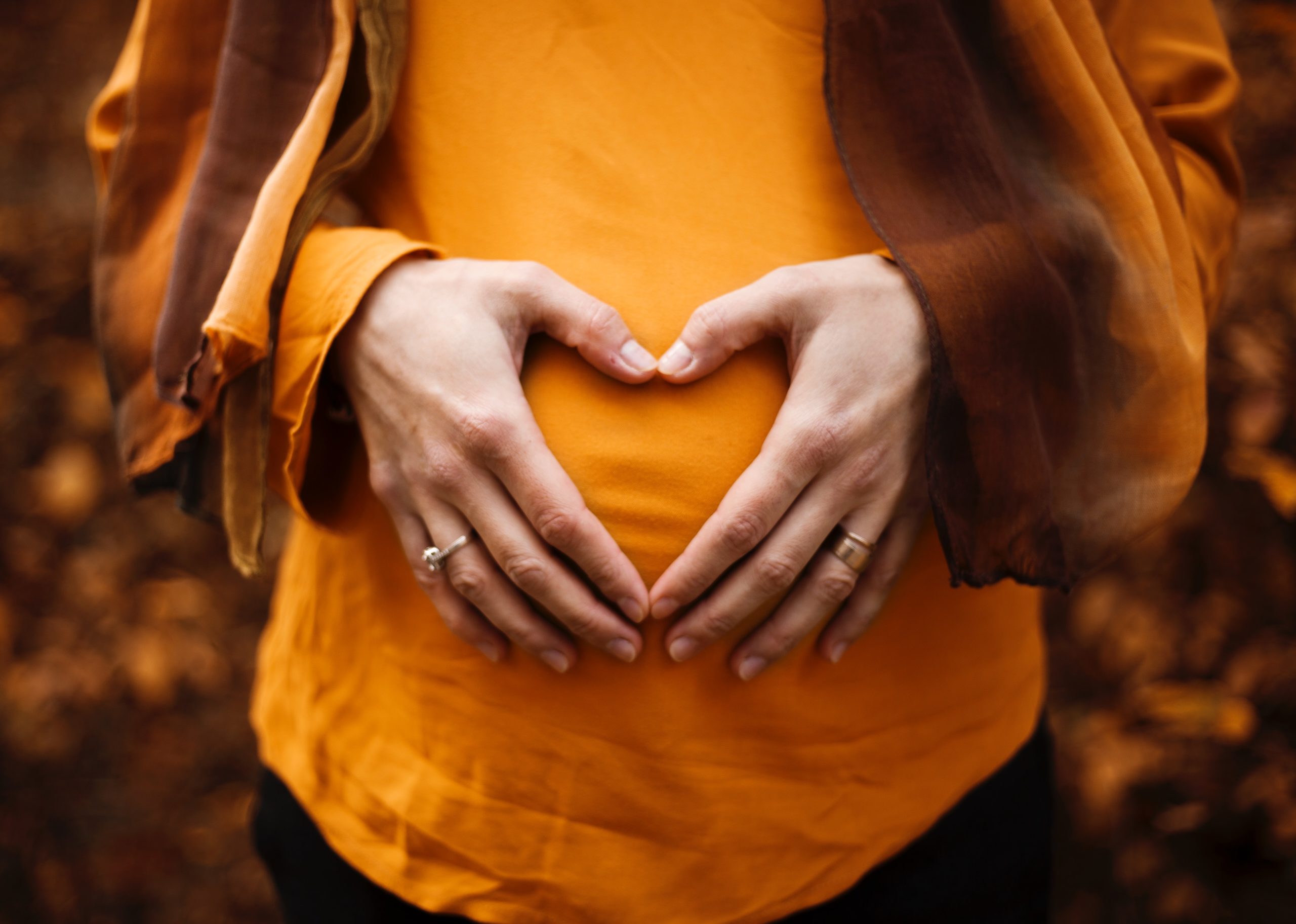Programs
Blog
About
PRegnant
LifeStyle
Postpartum
EXPECTING A BABY IN THE NEXT FEW MONTHS?
DOWNLOAD MY FREE POSTPARTUM ESSENTIALS CHECKLIST
Hi, I'm Liz!
I'm a chocolate-loving nutritionist,
pre & postnatal coach, doula and let's face it- total birth nerd 🤓.
I'm here to help you cut through mommy-marketing and pinterest perfection to confidently cultivate a pregnancy and postpartum experience you totally love.
Let's Connect
RECIPES
BREAKfast
beverages
main dish
dips & Dressings
salads & Sides
snacks
soups
treats
instant pot
one dish meals
quick meals
Pregnancy
Birth Planning
FIrst Trimester
Second Trimester
THird Trimester
Postpartum
Postpartum Planning
FOurth Trimester
REcovery
wellbeing
Fitness
Pregnancy Loss
Understanding Loss
Recovery After Loss
Friends & Family SUpport
PArent Life
Pregnant?
Check out the
5 core exercises you need to know!
Take the stress off your plate! Download
Meals Made Simple!
i need this!
Yes Please!
shop SAfer at beautycounter
Get the BEst Non-toxic Deodorant!
FItness
Nutrition
Nutrition
Grief & wellbeing
Pregnancy After Loss
Understanding Loss
Recovery After Loss
Friends & Family SUpport
Grief & wellbeing
Pregnancy After Loss
Understanding Loss
Recovery After Loss
infant & Toddler Feeding
Grief & wellbeing
Pregnancy After Loss
Newborn Care
Family Dynamics
PArent Relationships
lactation
Pregnancy After Loss
How to Start a Non-Toxic Routine
Overwhelmed by the greenwashing that infiltrates the natural living and health aisles of the store? If you’re attempting to set-up a non-toxic new year, but can’t cut through the information overload of the internet, here are 7 simple swaps to start a non-toxic routine this year.
What is non toxic living?
Simply put: non-toxic means it’s safe for human health. By my standards, non-toxic brands have an active list of ingredients to avoid and have rigid standards in place for testing and transparency.
What about Greenwashing?
It’s important to note that products marked as green/organic/plant-based are not necessarily safer than conventional products. Green washing is a marketing tactic used by companies to appear “clean,” “natural” or in our case “safe.” You’ve probably seen green washing at the grocery store and not even realized it!
Labels like toxin-free, botanical, plant-based, natural, and green really don’t mean much without research, transparency, and testing to back it up! Companies that claim to be “toxin free” may still contain harmful ingredients like fragrance, PEGs, and parabens.
Not sure if your favorite products are non-toxic? Check out the Environmental Working Group (EWG) Skin Deep Database or Healthy Living App. These databases contain tens of thousands of products ranked by overall concern, allergen levels, and reproductive concern. Some products are even EWG Verified, which we consider to be the gold standard for clean products!
Why does it matter?
More than 80,000 potentially harmful chemicals are currently on the market and –wait for it– only THIRTY are banned from use in the United States. Compare that to the 600 banned in Canada and more than 1400 banned in the EU (1).
Pregnant women and growing fetuses are at increased risk for problematic exposure. According to a study conducted by Tracey Woodruff, PhD, professor in the Department of Obstetrics, Gynecology, and Reproductive Sciences and the Philip R. Lee Institute for Health Policy Studies at UC San Francisco, “Our findings have found that many chemicals do indeed accumulate in the fetal environment and are absorbed at greater levels by fetuses than by the pregnant women themselves. This may have significant consequences for the growing fetus, since many of these chemicals are known to affect development.”
Where to start?
So you’ve committed to reducing your exposure to toxic ingredients in your everyday life, but that doesn’t meant the budget automatically accommodates! It can be expensive to swap everything to a safer alternatives. Start with the things you use daily, like deodorant, toothpaste, or skincare. This will have the biggest impact at reducing cumulative exposure.
Simplest way to start?
- Look up your daily personal care products in the EWG Skin Deep Database.
- Make note of the worst offenders.
- Replace these with safer alternatives, as they run out.

Simple swaps for a non toxic living routine
Skincare
Clean up your skincare by swapping anything that’s applied directly to your skin AND not intended to be washed-off. Facial moisturizers and sunscreen are the heaviest hitters.
Fragrance/parfum, SLS/SLES, phthalates, and parabens are common additives in skincare and make-up. These ingredients are known skin irritants, allergen triggers, endocrine disrupters, and may cause birth defects (1).
Make-up
Start with lip products, because you absorb them through your skin AND ingest them. No, you most likely do not ingest a pound of lipstick a year, but you do have increased exposure to common lip product ingredients like mineral oils, petroleum bi-products and fragrance. Color lip products are doubly problematic due to the potential for heavy metal exposure. Due to their commitment to testing and transparency, I recommend color lip glosses and lipsticks from Beautycounter. If you’re a lip balm user check out Fatco, Portland Bee Balm, and Primally Pure.
Personal Care
If you were to choose just ONE product to swap for your non-toxic routine, I’d recommend deodorant. Conventional deodorants contain a variety of less than ideal ingredients including: aluminum, fragrance, parabens, phthalates, propylene glycol, and triclosan. This list of ingredients is linked to endocrine disruption, organ toxicity, birth defects, liver toxicity and heavy metal toxicity. Layering those up under the incredibly absorbent and sensitive underarm skin (located for near breast tissue and lymph nodes!) is not ideal.
There are so many natural deodorants hitting the market that its becoming increasingly simpler to find a nontoxic deodorant that actually works for your pits and your pocketbook. My tried and true deodorant comes from Primally Pure.
Kitchen
Ditch the non-stick pans for cast iron, stainless or ceramic pans. The coating on non-stick pans contains a chemical called PTFE which releases a secondary chemical, PFOA, during cooking. (2) These chemicals are concerning because they have the ability to stay in the environment, and in the body, for long periods of time. (3)
Want more kitchen specific recommendations? Check out my guide to building a non-toxic kitchen.
Laundry
Start with things that stay on your clothes, like fabric softeners and fragrance found in softeners and detergents!
Fragrance contains phthalates to make scents stick. But phthalates are also endocrine disrupters. Note: fragrance-free and unscented are two different things! Choose fragrance-free. Unscented means there are other chemicals covering up the smell of the detergent itself.
Ditch the dryer sheets for wool dryer balls to reduce static and wrinkles (and reduce dry time!). White vinegar works as a natural fabric softener. Add 1/2 cup to the washer with your sheets and towels! Don’t worry, it won’t make your clothes smell like vinegar.
Grocery
Establishing a non-toxic routine includes grocery shopping! Shop local and seasonally to reduce exposure to environmental toxins like pollution and pesticides. On a budget? Aren’t we all! Follow the EWG’s Clean Fifteen and Dirty Dozen when deciding what produce to buy organic. Using this list is the best way to avoid the heaviest pesticide laden produce, while honoring your grocery budget.
Air Fresheners
Fragrance is the biggest culprit here again. The biggest problem with fragrance is the ingredient loophole. Fragrance (even “natural fragrance” contains as many as 3,000 ingredients. Yet the cocktail is considered a trade secret. Companies don’t have to disclose what ingredients may be in included. Fragrance is linked to allergies and immunotoxicity.
Non-toxic candles, diffusers with essential oils, and houseplants are all great ways to freshen the air in your home!
Home Cleaners
What’s inside that surprisingly blue liquid may be a mystery. Many surface cleaners contain fragrance, disinfectants, respiratory irritants and environmentally problematic ingredients. Disinfectants and sanitizers are derived from pesticides made to kill germs and bacteria. (5) This leads to the creation of superbugs (and fun fact, doesn’t actually kill all the bacteria). Using soap versus antibacterial cleansers is actually more effective at removing germs, rather than killing them. (6) The EWG recommends avoiding the following ingredients: ammonia, chlorine bleach, bezalkonimum chloride, triclosan, and fragrance. (4)
Make your own surface cleaner! This is incredibly simple and pretty darn effective addition to your non-toxic routine. Combine 1 cup white vinegar, 3 cups water, and peels from a couple oranges in a jar. Then let the mixture steep sit for at least 1 week. After it’s steeped, strain into a glass spray bottle!
How to Detox Your Routine for Less than $125
- Countermatch Daily Moisturizer, $49
- Primally Pure Lip Balm, $4
- Lodge Cast Iron Skillet, $20
- Wool Dryer Balls, $13
- Diffuser & Essential Oil $30
- Homemade All-Purpose Cleaner, $5
- Shoe free home, FREE
References
- https://www.beautycounter.com/the-never-list
- https://lilynicholsrdn.com/non-stick-pans-pregnancy/
- https://www.cancer.org/cancer/cancer-causes/teflon-and-perfluorooctanoic-acid-pfoa.html
- https://static.ewg.org/ewg-tip-sheets/EWG-Cleaners-WalletGuide.pdf
- https://branchbasics.com/blog/how-to-naturally-disinfect-surfaces/
- https://www.cdc.gov/handwashing/show-me-the-science-handwashing.html
Related
January 14, 2020
Liz Winters
The post may contain affiliate links and the site may earn a commission on some products.
Every item on this page is chosen and recommended by the LWW team.
Read more about our Affiliate Disclosure here.
Holiday hits
Don’t miss these!
Want to add a little ease to your routine as a parent?
Get all my favorite tips, tricks and recipes delivered straight to your inbox.
start here
blog
work with liz
programs
non-toxic living
podcast
contact
© 2021 LIZ WINTERS WELLNESS // WEBSITE BY PINEGATE ROAD
Terms & Conditions
start here
blog
work with liz
PROGRAMS
non-toxic living
podcast
contact
© 2021 LIZ WINTERS WELLNESS // WEBSITE BY PINEGATE ROAD
Terms & Conditions
BADASS Birther's Club
Postpartum Recovery After Pregnancy Loss
How to Support Loved Ones After Loss
start here
blog
work with liz
PROGRAMS
non-toxic living
podcast
contact
© 2021 LIZ WINTERS WELLNESS // WEBSITE BY PINEGATE ROAD
Terms & Conditions
Pregnant
Postpartum



